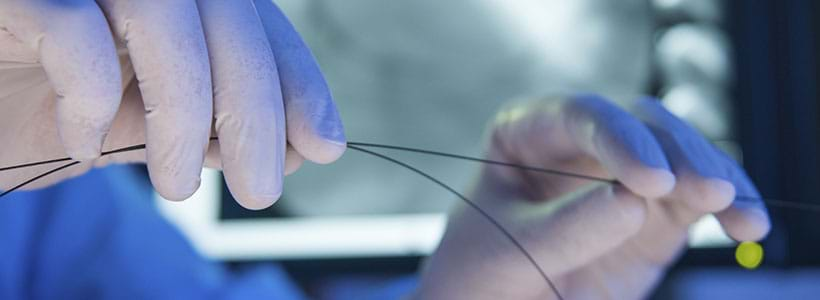
Angioplasty
Also known as balloon angioplasty and percutaneous transluminal angioplasty, angioplasty is a minimally invasive procedure used to widen narrowed or obstructed arteries or veins. It is typically used to treat arterial atherosclerosis. A healthy heart includes healthy arteries and veins that are not at risk of clogging.
The heart plays a vital role in blood circulation. The arteries are responsible for pumping blood from the heart. When the arteries get clogged or narrow, you become prone to heart diseases and possibly a heart attack or heart failure. If discovered early enough, angioplasty can prevent further damage that may require a more intense surgery.
Stent vs Angioplasty
Getting a stent or an angioplasty serves a similar purpose and can in some cases work together to treat clogged or narrowed. The difference between the two is that angioplasty is used to open up the artery, but sometimes the artery may not respond to the treatment and narrow or get clogged again. In this case, a stent will be used to keep the artery open and functional.
Most people who have angioplasty also have a stent placed in their blocked artery during the same procedure. The stent is usually inserted in the artery after the inflated balloon widens it. After your stent placement, you may need prolonged treatment with medications to reduce the chance of blood clots forming on the stent.
What can you expect?
Just like any other medical procedure, an extensive medical history is essential. Make sure that you inform the doctor of any prescribed or over-the-counter medications you are on or have taken recently. Inform the doctor of any allergies you have and if you are possibly pregnant. X-rays are necessary to locate where the clog or narrowing is in your arteries. Many imaging tests are not performed during pregnancy so as not to expose the fetus to radiation.
How long is the recovery period?
After an angioplasty or stent placement procedure, you may be instructed to take one or more medications. These medications can prevent blood clots from forming at the site of arterial treatment during healing. Recovery from angioplasty and stenting is typically brief. Discharge from the hospital is usually under 24 hours after the catheter is removed. Many patients can return to work within a few days to a week after a procedure.

